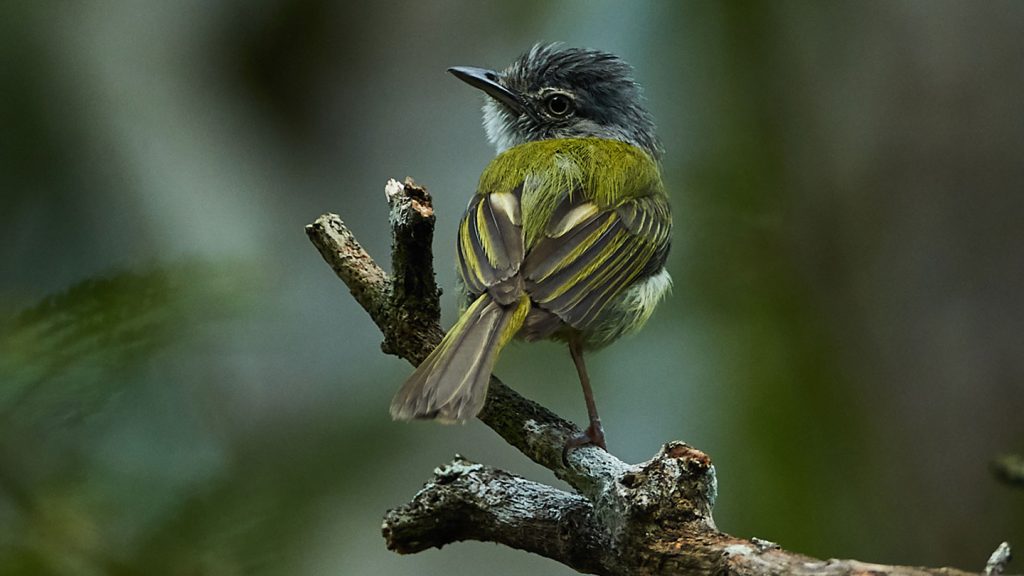Research has found that several species of birds across Central America and Africa choose to nest in swollen-thorn acacia trees, which are aggressively defended by multiple species of ants. The presence of fungal fibers in the nests appears to deter the ants and alter their behavior, making them alarmed and intoxicated. This finding suggests that the best defense for birds nesting in ant territory could be an offensive fungus that repels the ants, thus protecting the young chicks.
The relationship between swollen-thorn acacia trees and ants is symbiotic, with the ants providing protection and the trees providing shelter and food for the ants. While the ants may offer protection from other predators, it was previously unknown how birds nesting in these trees kept the ants away from their young. Researchers discovered that the birds use rhizomorphs, which are fungal organs, to build their nests. These cordlike structures are formed from densely woven fungal filaments and may provide support, antimicrobial features, and water repellency.
Two bird species living on swollen-thorn acacias in Costa Rica predominantly used rhizomorphs of horsehair fungus in building their nests, successfully keeping out ants. When researchers placed strands of horsehair fungus on acacia branches inhabited by symbiotic ants and observed the ants’ reactions, they found that ants touching the fungus exhibited repellent and alarm behaviors. Some ants displayed extreme behaviors like biting other ants, spinning around, and wandering aimlessly, indicating disorientation or toxin ingestion, similar to ants infected by zombifying fungi.
While the results support the idea that fungal rhizomorphs are noxious to the ants, birds also use these structures in trees free of ants, indicating additional benefits of the rhizomorphs in nests. The presence of at least 176 bird species using fungal rhizomorphs raises questions about the chemical defenses provided by these structures and whether similar situations occur in ecosystems worldwide. This discovery highlights the complexity of the symbiotic relationships between birds, ants, fungi, and trees, shedding light on the fascinating ways in which nature adapts and thrives in interconnected systems.
The findings suggest that the presence of fungal fibers in bird nests serves as a natural defense mechanism against aggressive ants and provides various benefits to the nesting birds. By utilizing rhizomorphs, birds can effectively deter ants from their nests, protecting their young and ensuring their survival. The discovery underscores the intricate interactions between different species and the remarkable adaptations organisms develop to thrive in challenging environments. Further research into the chemical composition and unique properties of these fungal fibers could reveal additional insights into the ecological relationships at play in tropical and subtropical ecosystems.


